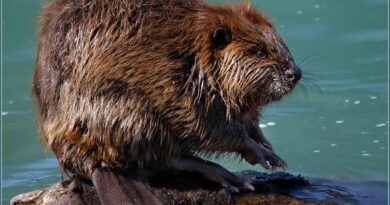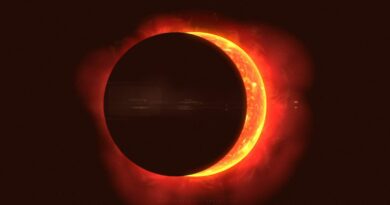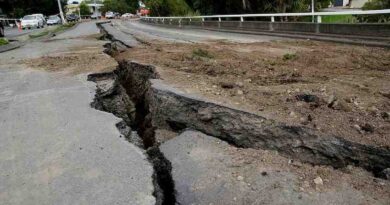Polar Regions: Environmental Differences and Seasonal Changes
The polar regions share a freezing environment, but the Arctic, a sea mass bordered by land, and the Antarctic, a land mass surrounded by sea, support different biological groups.
The earth would be visible from space throughout a year due to the waxing and fading of its bright white polar caps. But the caps would be seen to distort greatly in size, shape, and seasonal change. The southern cap covers a relatively consistent amount of land throughout the year, while the white cover of the northern hemisphere in winter spreads across areas that are Because the Arctic has a central area of perennially frozen sea surrounded by a massive land mass that eventually merges with other regions, whereas Antarctica is a solitary continent, this disparity arises.
Much of the land is permanently covered in ice or snow in the high polar regions. There, the average temperatures of even the warmest summer months rise only a few degrees above freezing, and even in summer, the oceans are covered by floating ice. In’sub-polar’ regions, temperatures increase higher, yet snow falls severely in winter, and the climate is too cold and the days are too short for trees to grow.
For its part, Antarctica contains 95 percent of the world’s permanently frozen ice and a disc of land with the South Pole at its centre. It is somewhat smaller in area than the Arctic Ocean. The ice is over 12,000 feet thick in some locations. If the ice cover removed, eastern Antarctica might well appear as a saucer of lowland surrounded by mountains, for mountain ranges run along the coastlines of the Ross and Weddell Seas. Further mountains can be seen on the eastern coast as well. Some of these summits soar to more than 15,000 ft. In the centre, electronic sounding through the ice has shown a hole that may be below sea level. Because of the ice that covers it, this area has evolved into a high plateau. The South Pole is 9200 feet above sea level, but most of that is covered in ice. Recent research makes it appear quite possible that the world’s continents have drifted apart and endured violent alterations in conditions. Fossilized trees and subtropical-sea animals have been found in the Arctic and Antarctic.
Nobody is sure if the cold of the southern hemisphere sparked off northern glacial by changing world air circulation, or whether both events had a shared origin, but it seems that the northern cooling came later, probably only 2 million years ago. The glaciers of the last ice age, which extended deep into Europe and North America, began to retreat just about 14,000 years ago. As evidenced by pollen deposits, Britain’s receding ice was followed by tundra vegetation, then pine and birch trees, and eventually deciduous forests some 6,000 years ago, Animals must have moved similarly-polar bears with the ice; musk-oxen, caribou, and wolves with the tundra.
The Arctic has land ties with temperate zones in America and Eurasia, so plants and animals return to the climatic conditions to which they are acclimated. This is one reason why wild life is far more common in the Arctic than in the Antarctic, where 500 miles of sea split the continent from South America, its nearest neighbour, generating an abrupt discontinuity and a barrier to the passage of land animals.
Life in Polar Regions: The Role of Phytoplankton and Animal Networks in Antarctic Ecosystems
The land of the high polar regions, a freezing desert with limited vegetation and few animals, contrasts with the polar oceans, which are as rich in life as any sea in the world. An sophisticated network of animal life is dependent on an abundance of one-celled floating plants called phytoplankton. These grow during the summer, when the ice breaks up. Plants may grow in the light, and upwelling warm currents from other regions provide dissolved minerals to support the plants, which in turn provide food for microscopic animals known as zooplankton. In Antarctica, the most common of these is the shrimp-like krill, which is food for whales, seals, seabirds, and fish.
The water’s animal life feeds the land as well; for example, while seals and seagulls feed at sea, they rest and reproduce ashore, and their droppings offer nutrients that aid in the formation of coastal flora.



